- A stallion can continue to be used competitively during the stud season without altering his training schedule and then have semen collected and frozen at a more suitable time.
- The market for frozen semen is global, thus avoiding the tyranny of distance and giving mare owners a wide range of genetic opportunities.
- Artificial insemination with frozen semen reduces the risk of injury to either the mare or the stallion.
- Availability of stored frozen semen makes it easy to inseminate at exactly the right time for the mare, including weekends or public holidays when collection / transportation of chilled semen may not be available.
- In the event of a disease outbreak bio-sceurity control is greatly improved without horse/horse contact of natural service. The Equine Influenza outbreak in 2007 was introduced into Australia by a stallion imported from overseas. This resulted in enormous economic loss to the whole equine industry. The use of frozen semen increases the genetic opportunities in Australia with the risk of disease initroduction.
- The precaution of freezing semen allows the continuation of valuable bloodlines in the case of accidental death of the stallion or illness resulting in sterility.
- The use of frozen semen affords protection from sexually treansmitted diseases.
Semen Freezing
In the past freezing equine semen was a difficult and uncertain process. Over the last 20 years advances in technologies in freezing semen have seen artificial insemination of mares using frozen semen become a very useful tool for breeders. Once semen is frozen and stored in liquid nitrogen it will remain viable for many years. This gives the stallion owner and breeder many management options.
Advantages of Using Frozen Semen
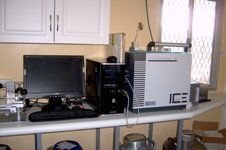
Limitations to Frozen Semen
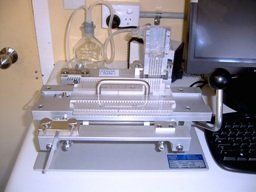
Even though a stallion may be fertile in a paddock situation he may not produce semen that survives the freezing process. About one third of stallions are in this category, one third have semen that copes acceptably and one third freeze very well.
Assuming that the semen is of high quality and freezes well, when thawed it still has a shorter survival time in the mare’s uterus than good quality fresh or chilled semen.
(Note: It is importantl to select a mares that have a good chance of going in foal rather than mares with reproductive problems, as failure to conceivemay be due to the mare, rather than the frozen semen quality.)
Due to the reduced viability of sperm after thawing, in order to achieve the best possible result a mare must be inseminated very close to the time of ovulation. Therefore it is essential that the mare’s cycle be closely monitored with diagnostic ultrasound to determine the optimal time for insemination.
Is Your Stallion Suitable for Freezing Semen?
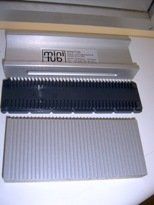
Semen quality tends to decrease with age and with some exceptions there are relatively few old stallions who produce semen worth freezing that will go on to produce foals. The only way to find out if a stallion is suitable is to do a test freeze and thaw to assess semen quality.
If the natural fertility of a stallion is in doubt in a paddock situation with reproductively normal mares it is usually not worth attempting to freeze his semen.
Optimal time for freezing

Although semen quality usually remains the same throughout the year, the longer days towards the end of summer are the best time to collect semen for freezing as the reproductive performance of stallions peak during this period. It may be harder to achieve a collection during the cooler months when stallions have decreased libido. Freezing should not be done during a time of peak competition, as prolonged elevated body temperatures can affect the production and viability of semen. (Sickness causing elevated body temperature can also affect reproductive performance.)
Stallion preparation prior to semen collection for freezing
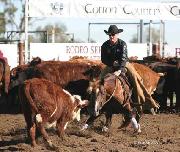
Several matings or collections (approximately 5 – 7) must be made in the week prior to collection for freezing. This is necessary to deplete the testicles of old or damaged semen. The stallion should then be rested for about 3 days to build up the reserve of fresh semen before collection. Depletion may be done at home by serving mares or at a breeding centre using a phantom mare or an ovarectomised mare and collecting the semen using an artificial vagina.
Before semen is collected and frozen for commercial use a test freeze and full evaluation of the semen is needed. This means freezing one or more ejaculates to find the preferred freezing method for this stallion, and then thawing the semen to assess its resulting viability.
Will my mare conceive using frozen semen?
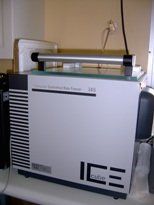
The success or failure of the procedure relies heavily on:
- The skills of the veterinarian assessing the cycle of the recipient mares to determine the optimal time for service. This should be as close as possible to the point of ovulation. While fresh semen may remain viable in the uterus for 3 – 5 days, frozen semen will only remain viable for up to 6 hours so the timing of insemination is critical. Even with optimal timing and good semen quality the internationally accepted conception rate per cycle is still only in the order of 30 – 40%.
- The fertility of the stallion and the “freezability” of his semen.
- The management and fertility of the recipient mares.
- But the best test to assess the viability of frozen, thawed semen is a pregnancy!
